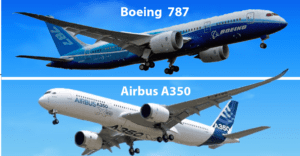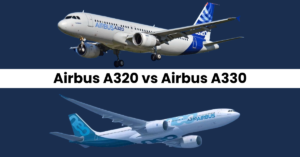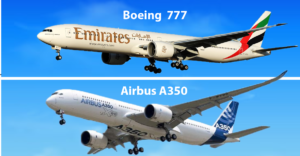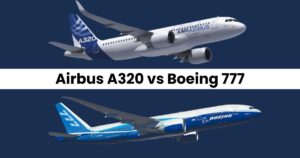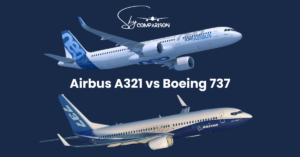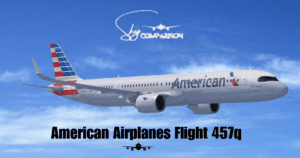Embraer 190 vs Airbus A320: In-Depth Comparison
Dive into the fascinating world of aviation with a comparison of two giants: the Embraer 190 Vs Airbus A320. Each aircraft tells a unique story of innovation and efficiency in the skies. Join us as we explore how these planes have revolutionized air travel, differing in design, performance, and passenger experience.
Embraer 190 vs Airbus A320
When comparing the Embraer 190 vs Airbus A320, it’s essential to understand how these two prominent aircraft differ in design, capabilities, and their roles within the airline industry. The Embraer 190, a sleek, efficient regional jet, and the Airbus A320, a versatile workhorse for medium-range flights, both have unique features that cater to different market segments.

This comparison delves into their distinct characteristics, offering insights into their operational performance, passenger comfort, and overall economic impact on airlines. Understanding these differences not only informs airline fleet decisions but also enhances passenger knowledge about their flying experience.
| Feature | Embraer 190 | Airbus A320 |
|---|---|---|
| Seating Arrangement | 2-2 in economy | 3-3 in economy |
| Passenger Capacity | ~100 | 150-180 |
| Range | ~2,450 nautical miles | ~3,300 nautical miles |
| Operating Costs | Lower | Higher |
| Ideal Use | Short to medium-haul, regional | Short to medium-haul, busier routes |
| Runway Flexibility | High (suitable for shorter runways) | Moderate |
| Fuel Efficiency | Efficient for shorter routes | More efficient on longer routes |
Design and Comfort
Embraer 190: The E190 is a part of the E-Jet family, celebrated for its modern design and passenger comfort. The cabin, with a 2-2 seating arrangement in economy, offers more aisle space and eliminates the dreaded middle seat. This design is particularly favored by passengers on shorter regional flights.
Airbus A320: The A320, a member of the renowned A320 family, offers a larger cabin with a standard 3-3 seating layout in economy. While this configuration maximizes passenger capacity, it does introduce a middle seat, which some passengers might find less preferable.
Capacity and Range
Embraer 190: Designed for regional service, the E190 typically seats around 100 passengers and has a range of about 2,450 nautical miles. Its size and range make it ideal for connecting smaller cities and airports.
Airbus A320: With a capacity of 150 to 180 passengers and a range of up to 3,300 nautical miles, the A320 is suited for both short and medium-haul international flights. It’s a workhorse for airlines operating on busier routes.
Performance and Efficiency
Embraer 190: The E190 shines in operational efficiency, particularly on shorter routes. Its ability to access smaller airports with shorter runways makes it a versatile choice for regional airlines.
Airbus A320: Featuring advanced aerodynamics and fuel-efficient engines, the A320 is known for its cost-effectiveness on longer routes. The addition of sharklets has further improved its fuel efficiency.
Economic Aspects
Embraer 190: The lower acquisition and operational costs of the E190 make it a budget-friendly option for airlines. It’s particularly economical for routes with lower passenger volumes.
Airbus A320: While the A320 may come with higher costs, its larger passenger capacity and longer range can lead to higher revenue potential on popular routes. The aircraft’s fuel efficiency also helps in reducing operational costs over time.
Role in Airline Fleets
Embraer 190: The E190 is a popular choice for regional carriers and for larger airlines to serve their less dense routes. It’s particularly effective for connecting smaller communities to major hubs.
Airbus A320: A mainstay in the fleets of many major airlines globally, the A320 is a versatile aircraft used for a variety of routes, from short domestic hops to longer international journeys.
Conclusion
In conclusion, both the Embraer 190 and Airbus A320 offer unique advantages. The E190 is tailored for regional airlines focusing on comfort and efficiency on shorter routes. In contrast, the A320 caters to airlines seeking a larger capacity aircraft for busier routes with a mix of short to medium-haul distances. Understanding these differences is key for airlines to optimize their fleet and for passengers to appreciate the nuances of their flying experiences.

